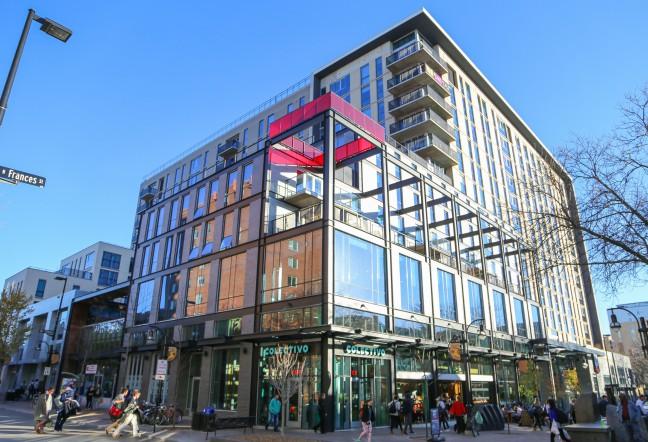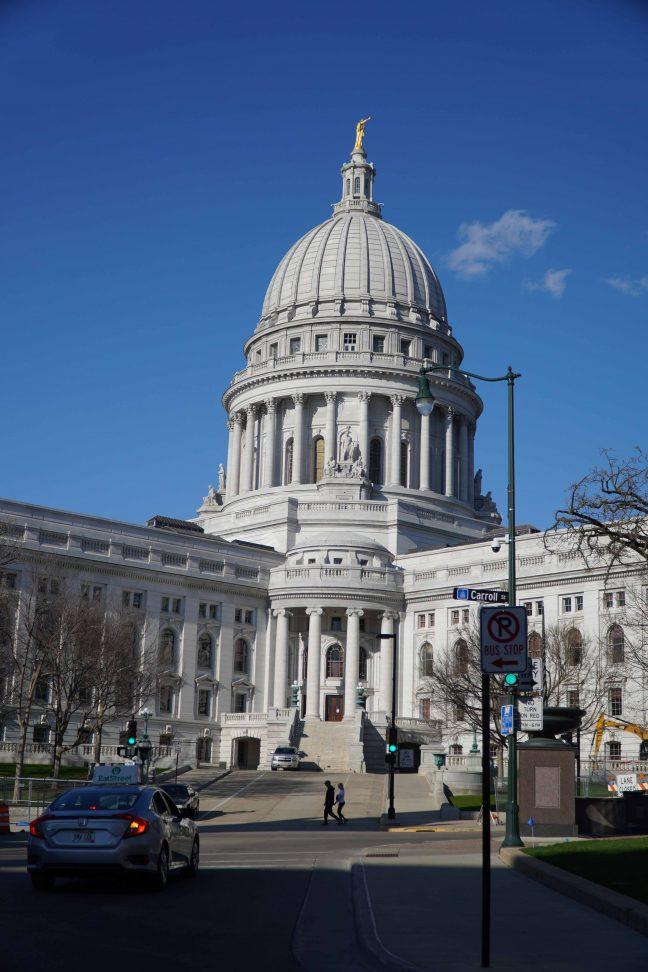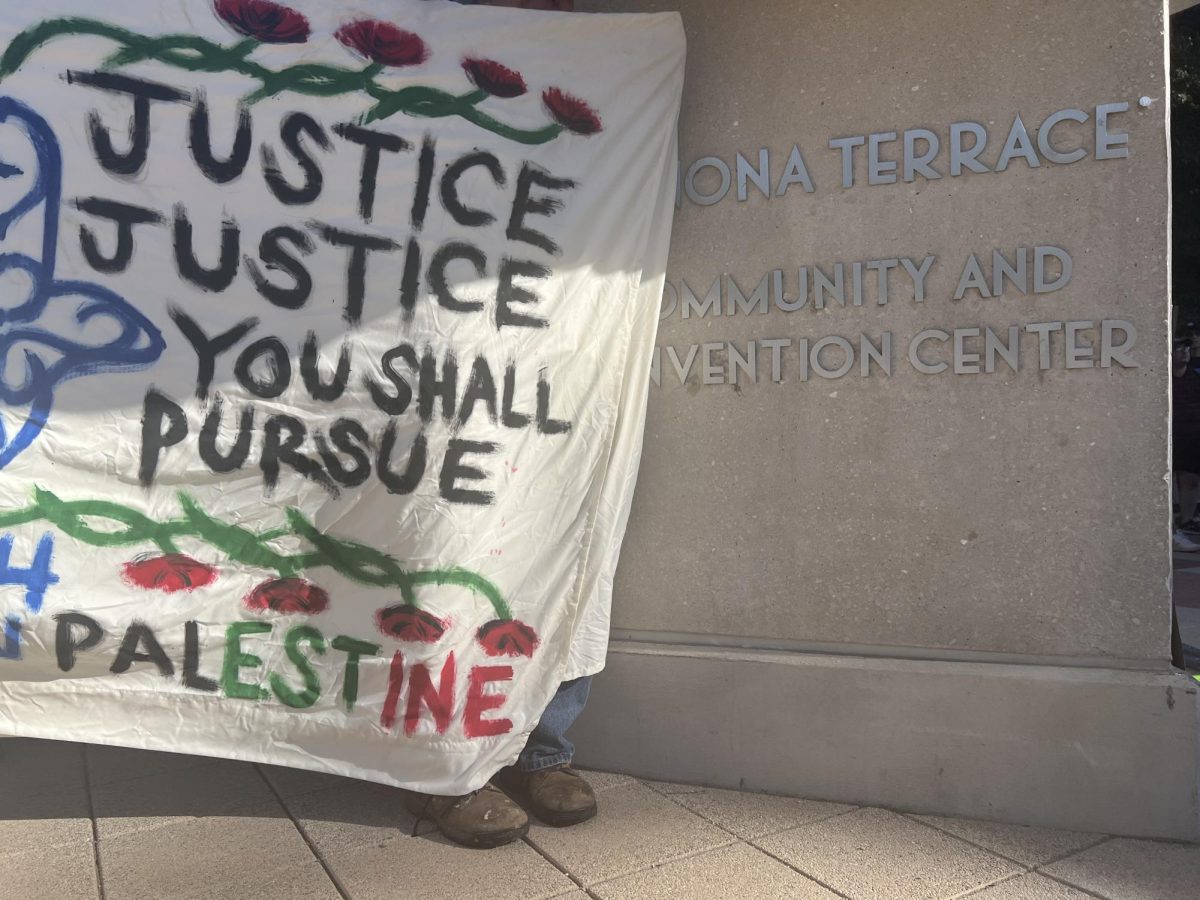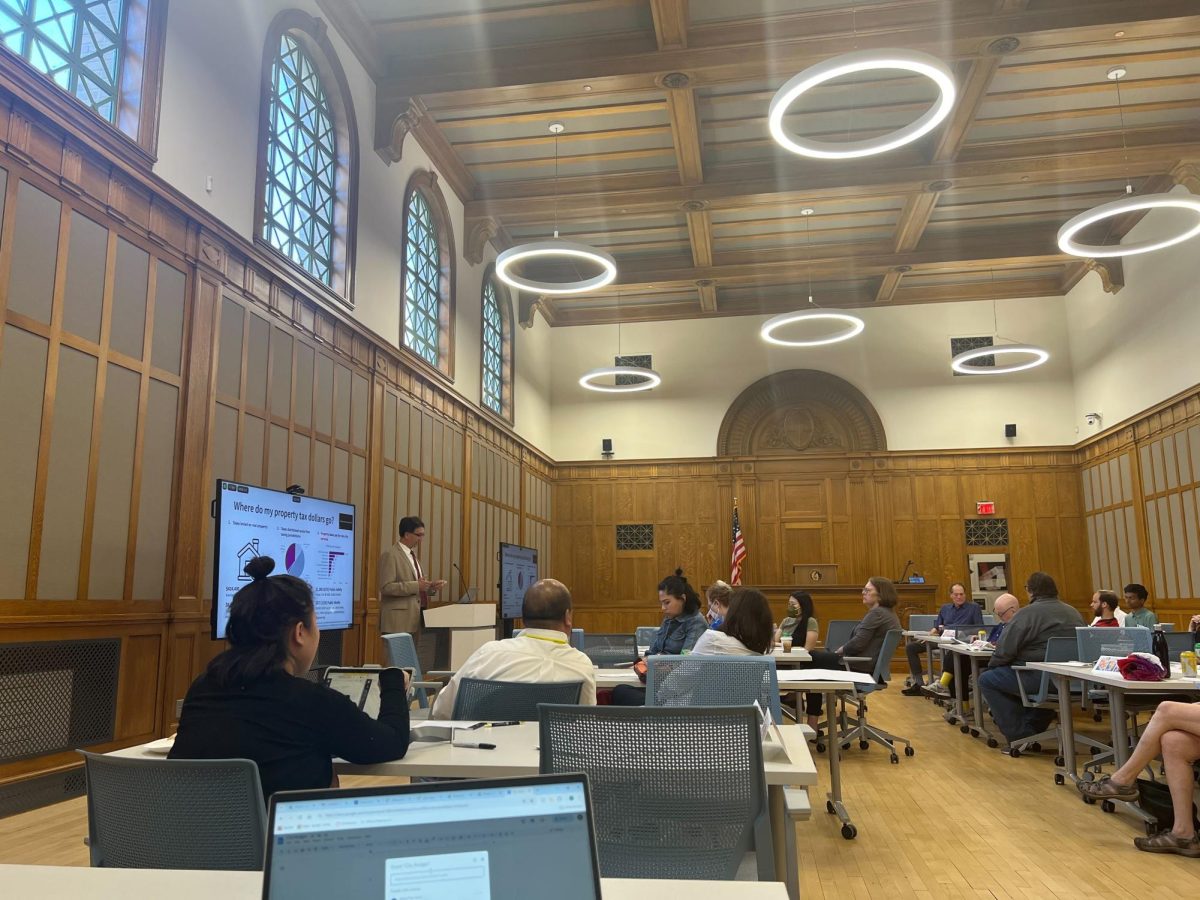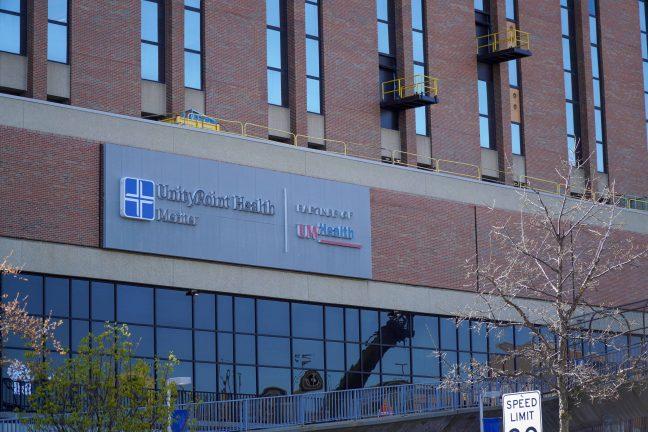With plans for a new luxury student apartment on State Street, students and city officials are worried about the impact it will have on an already expensive student housing market.
The City of Madison is looking at proposals to redevelop a surface-level parking garage on the corner of Lake Street and State Street. Seven developers have submitted proposals for the site all of which would include building a new parking garage and— as well as an upscale apartment complex ranging from 100 to 300 units, according to the City of Madison.
“I think there’s also something to be said about how the university really wants to create a campus that is more inclusive and welcoming,” District 8 Alderperson Juliana Bennett said. “They really should get more involved with the conversation of sustainable, affordable housing for its students.”
The University of Wisconsin offers on-campus living for all students, but it’s mostly first-year students who live in on-campus housing, according to the UW Housing website.
The average rent for student apartments is around $800 per person, which many UW students consider unaffordable, Bennett said.
Many older houses typically located in neighborhoods a few blocks away from campus offer a cheaper alternative to the more centrally-located high rises, according to RentCollegePads.com.
Building high rises in the city allows for these houses to stay more affordable by maximizing the space closest to campus and the city, UW Urban Planning Professor Kurt Paulsen said in an email statement to The Badger Herald.
“If you build more and taller housing closer to the downtown area, folks can walk, bike or take public transit,” Paulsen said. “But if that near-in housing is not built, it gets forced further out in the city or region. If growth is displaced to outlying areas without adequate bus service, folks have to drive cars and this causes traffic congestion and pollution.”
Madison’s geography makes expansion difficult, according to the Madison Neighborhood Indicators Project. Nestled near the heart of the city and in between two lakes, there is not much room for expanding near campus so building up is one of the only ways to meet the needs of a rising city and student population, Paulsen said.
Dane County’s veteran’s housing project makes further progress after securing lease for site
Apartments may offer low-income units — particularly those that are priced lower and are able to be subsidized through low-income housing tax credits — according to the Tax Policy Center. There are still many roadblocks to giving low-income students affordable housing, Paulsen said.
“One of the challenges for providing affordable housing for students is that most students under age 26 are considered “dependent children” for purposes of qualifying for means-tested federal benefits such as the two major affordable housing programs,” Paulsen said. “Therefore, dependent children are not eligible for either of these programs.”
According to Bennett, UW students and members of the Madison city council have debated the effects of building more luxury high rises.
Courts likely to intervene in Wisconsin redistricting process, UW experts say
Research and studies on other cities show that meeting the demand for housing will actually drive prices down, Paulsen also said.
“Research is quite clear that building new market-rate housing to accommodate this demand does not cause the price of existing housing to go up,” Paulsen said. “In fact, the opposite is true — not building housing to accommodate demand is the main cause of rapid increases in housing costs in an area.”
Many of these units in the proposed apartments would be priced above market rate, according to current proposals the city.
The population of UW and Madison is growing, with 2021 being UW’s largest freshman class in history, and Madison growing 16% in the last decade. But there isn’t enough housing to meet demand, and building taller apartment buildings is how the cost of housing for students will eventually decrease, Paulsen said.
Contrary to popular belief, some basic income guarantee systems increase work effort, expert says
Many of the proposals feature rooftop spaces, pools, hot tubs, extra parking and luxury amenities — all of which drive up the price of construction and rent, according to the proposals.
“Adding all of these new, shiny luxury high rises isn’t doing anything in the way of actually trying to make [the] campus more affordable in the long run. They want a pool and a hot tub, but we live in Wisconsin,” Bennett said. “A lot of these luxury apartment developers come from out of state and are just using carbon copy models of things that they’ve done in other cities like it will work for Madison. That is not what we need.”








